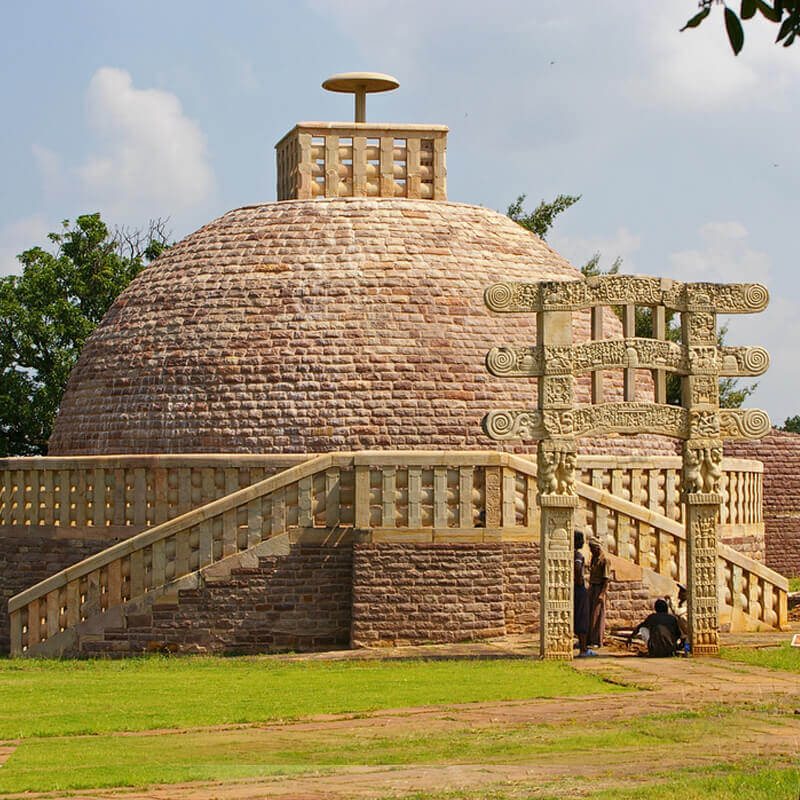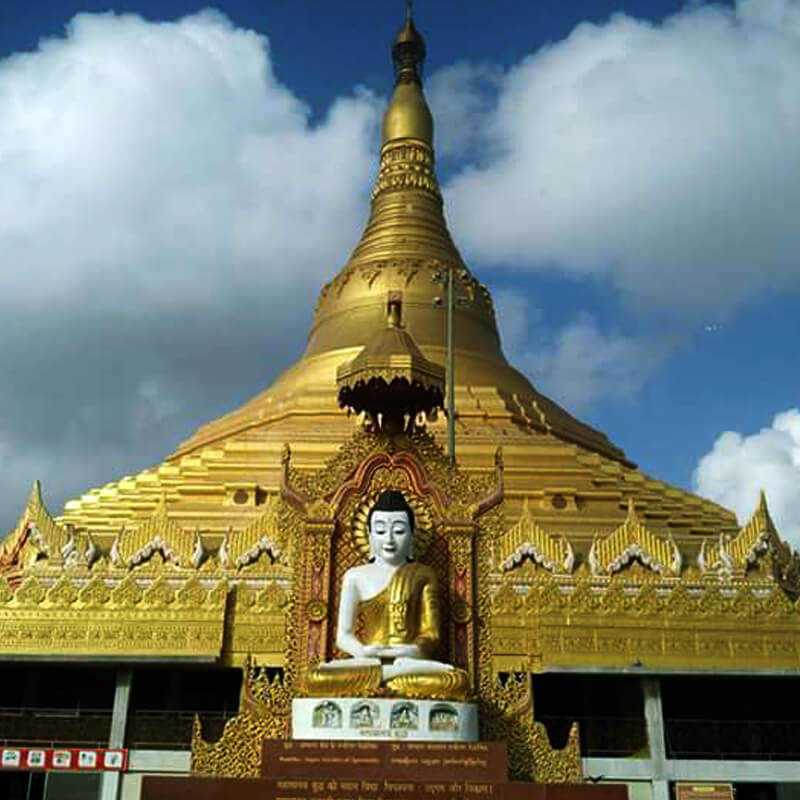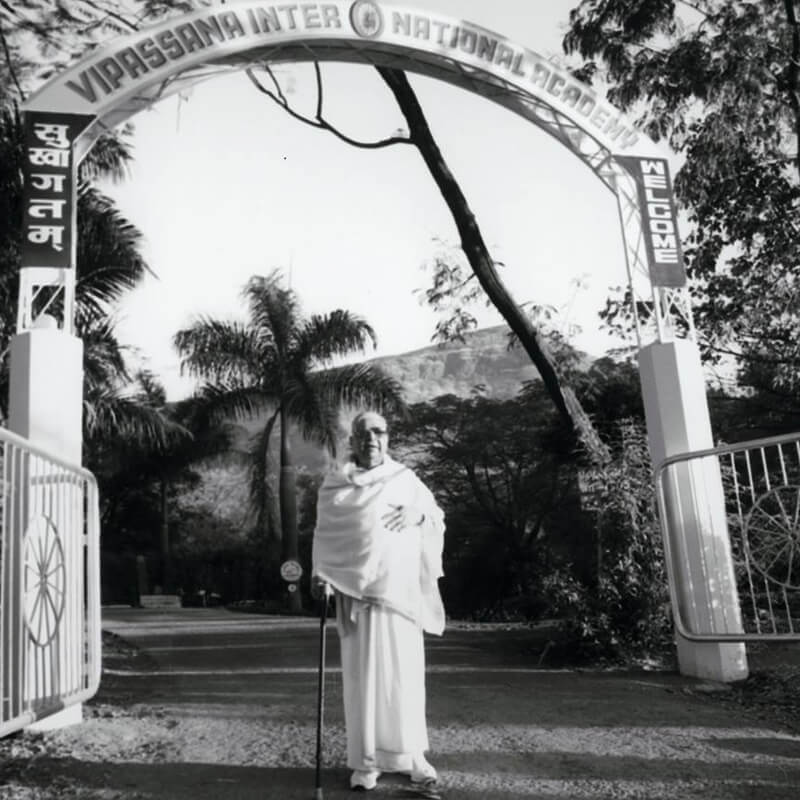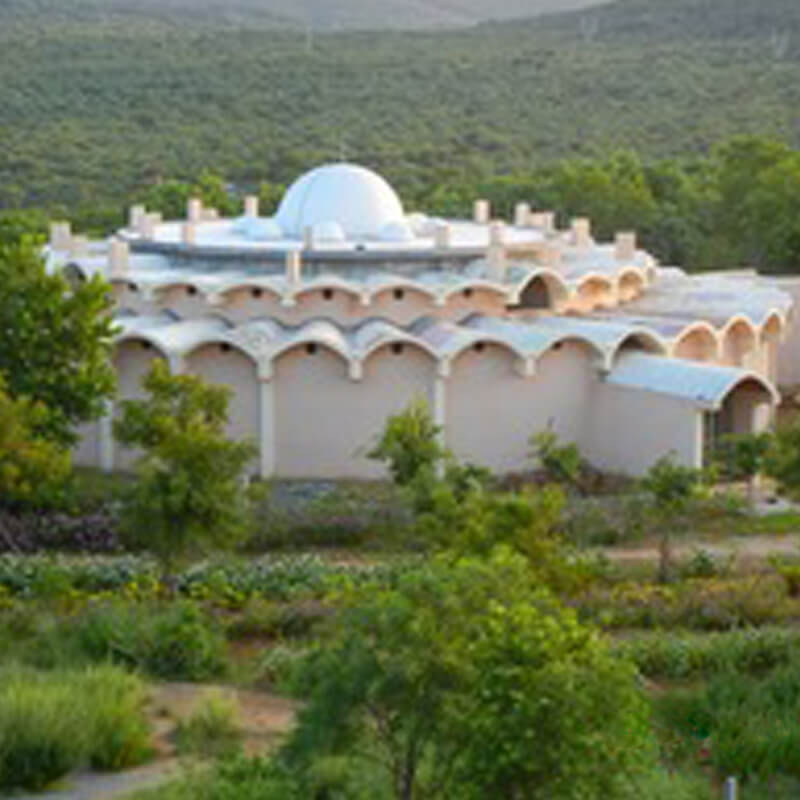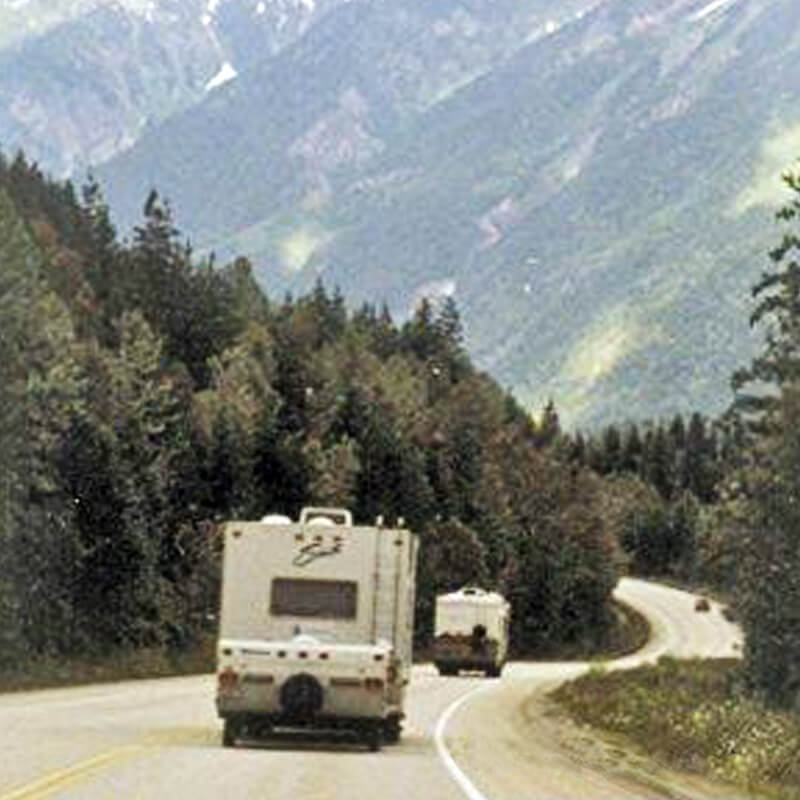History of Dhamma in Poland

(Original plot of land)
In 2002, the first 10-day Vipassana course was held in Poland. It was conducted in English only and was attended by 25 students.
There have now been a total of 17 courses, including 5 in 2008 with a total of 250 students. In 2006, the Polish Vipassana Meditation Association was established to share responsibilities more widely, collect donations, achieve tax-exempt status and search for a permanent course location.
Last year, an old student donated money to purchase some land. In 2008, the Association bought an undeveloped parcel surrounded by forest for the planned Vipassana Center.
The site is in Dziadowice village in central Poland (located almost exactly in the middle of the country), 220 km to the west of Warsaw, 70 km from Lodz and about 160 km from Poznan. Old students have been meditating and working on site regularly each month. But the site has not been usable in winter weather and did not provide protection from insects.
The Association is still waiting for zoning approval before it can begin construction work. In the meantime it has decided to purchase a yurt for the site. This will provide immediate facilities for using the site and will ultimately provide Dhamma server accommodation.
The Association is now developing its plan for the Center. This is in addition to regular group sittings, introductory evenings and planning for more non-center courses.

(Meditators meditating on the land of proposed Center)
Dhamma Pallava: From Sprout to Blossom
After more than a decade of courses in rented locations, students in Poland are on the brink of starting to build a center for the practice of Vipassana meditation.
In June 2002, 25 people participated in the first course in Poland, held in the village of Przesieka. In the following six years, courses continued to be organized for slowly growing numbers, using recordings in English and Polish.
Meanwhile, meditators were thinking ahead. In January 2008, a generous donation made it possible to purchase 6.8 hectares (16.8 acres) of land in the village of Dziadowice, in central Poland. Goenkaji named the future center Dhamma Pallava, meaning “sprout or bud of Dhamma.”
It would take some time for that sprout to grow. Meanwhile courses continued in rented locations, and in 2007 a formal association of Vipassana meditators was established. Later called the Polish Vipassana Foundation (Polska Fundacja Medytacji Vipassana), this created the structure for planning a center.
In 2011, the Foundation was ready to propose a vision for the center. But funds remained limited, as did the number of old students ready to undertake the huge challenge of building a meditation facility from the ground up. For these reasons, the Foundation put the process on hold and continued to focus instead on organizing courses.
The situation changed as more funds were offered and more meditators stepped forward to help. The Foundation decided that the time had finally come to take the next steps in the building process. In summer 2014, it purchased two plots of land adjacent to the original parcel, bringing the total area to around 10 hectares (24.7 acres). This will allow for a buffer area to ensure that the meditation compound is quiet and peaceful. It also will give ample room for walking paths.
The Foundation made sure that there would be no problem connecting the property to the electricity grid. It also completed a site plan. It was then ready to apply for a planning permit for a first phase of construction. This past February, the local town planning office granted the permit.
The next step is to prepare detailed documentation to accompany an application for a building permit. This must cover features such as the electrical system, the heating system, construction materials, waste management, and more.
The Foundation had been planning for two construction phases: one to create facilities for 66 students, and a later phase to double the capacity. A recent donation could allow all the work to be done in one phase. The resulting facilities would accommodate 130 students, 18 servers and two teachers from the beginning. This would reduce both the expense and effort involved. It would also give meditators in Poland an ideal meditation center in the very near future.
Even with the funds recently received, the Foundation will still need to obtain loans from institutions as well as individuals. If it is successful, construction could start by spring 2016.
The Polish Vipassana Foundation currently organizes about six 10-day courses and one Satipatthana Sutta course every year, with a total of about 600 meditators participating. All courses are at a rented site in Krutyn, a small village in the scenic Masurian Lake District.
(Courtesy: International Vipassana Newsletter September 2008 and February 2015)

